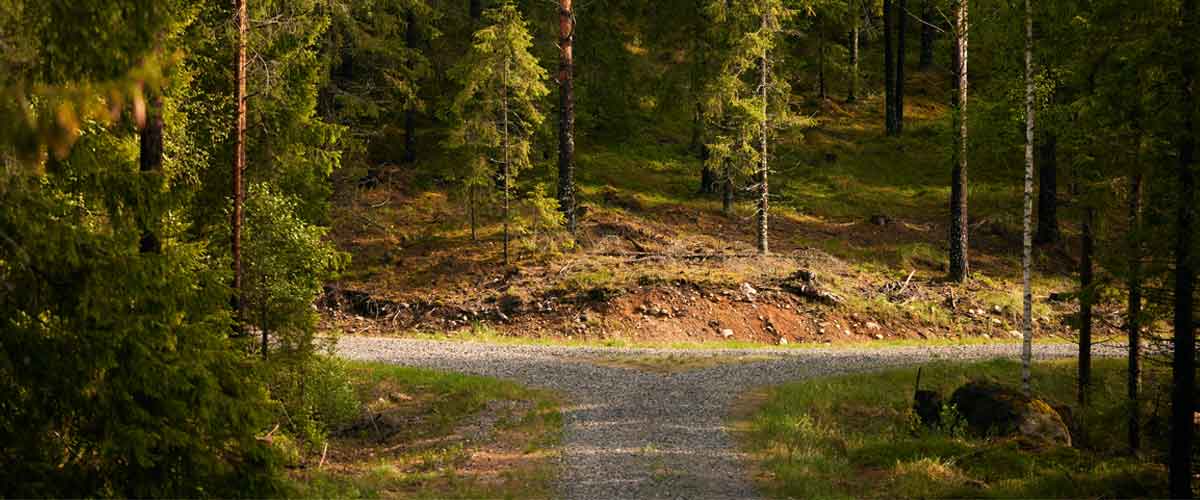This is what the bioeconomy ultimately can help deliver, but in its current form it’s not fit for purpose. There is so much more we can do to realise the potential of the bioeconomy – and rebalance – if we are to fully replace the fossil economy.
There is no one silver bullet but there are several key areas of urgent attention if a future bioeconomy is to deliver energy, food, housing, transport and materials across society. This will be a deep reset of the current way of producing and consuming.
We suggest three mindset shifts to help mainstream the bioeconomy to fulfill its potential:
- Around 40% of all habitable land is used to produce food but an estimated 900 million people are still suffering severe food insecurity (FAO 2022). The topics of food, materials and nature can no longer be “optimised” in isolation. There is a need to have an integrated discussion across these dimensions to understand how we best use land for people, planet and profit – almost towards an equivalent of cascading principles for integrated land management.
- Estimates are that up to 10 GtCO2 will need to be removed annually from the atmosphere by 2050 through natural solutions (WRI 2021). This links to land use but also strongly links to the way we manage biogenic carbon flows end-to-end and the benefits of product substitution as part of the carbon cycle. Moving to understand carbon flow is not an easy mental shift as current corporate carbon accounting systems and targets have been established for industrial emissions. But when talking about biogenic CO2 the question is not one of phasing out, but finding the right balance for removals and the provision of renewable materials for society.
- Between 1992 and 2014, natural capital per person declined by 40%, stressing nature itself and risking our economies that depend on nature and ecosystem services (Dasgupta 2021). While we of course critically need to conserve nature in the direct sense, we also need to ensure that the production and management of land can exist in parallel with nature and overall positive biodiversity impacts. These practices need to be recognised and incentivised. This will require more innovation and granular data that links action to outcomes and will be an essential practice for land management – as well as bring new models of partnership across digital, data, conservation and land management at a landscape level.
If we are to drive a bioeconomy that is fit for purpose, these three big topics need to be addressed at a global scale. We welcome discussion and debate as well as partnerships and collaboration to push the bar forward.
At COP28 we now have a Nature Day. At COP30 we should look to see the Bioeconomy debate lifted to the same position, bridging nature and climate as the post fossil alternative.





